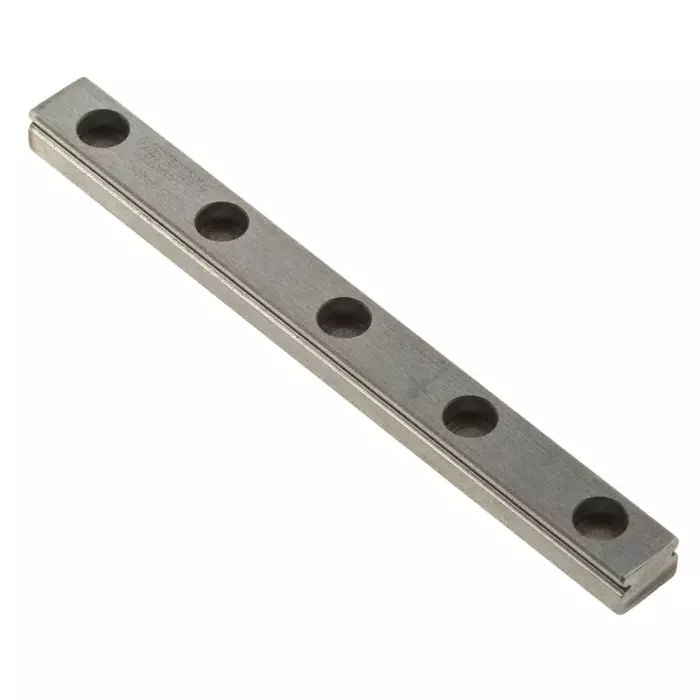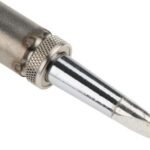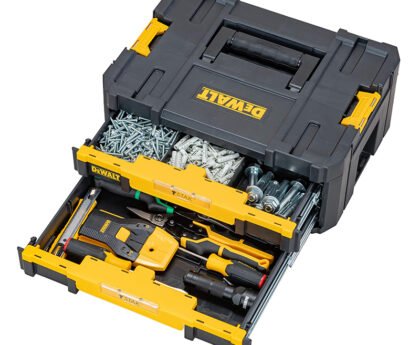Linear motion systems are at the core of modern engineering and design, finding applications in everything from robotics to manufacturing lines. One of the most fundamental and widespread components of these systems is the linear rail. This article offers a deep dive into linear rails, highlighting their significance and the essential knowledge that every engineer and designer should have about them.
Understanding the Basics: What are Linear Rails?
At its core, a linear rail is a mechanism that provides a specific path along which an object can move in a straight line. It comprises two primary components:
- The rail itself, which is a straight track often made of metal or another rigid material.
- The carriage or block that moves along the rail.
Together, these components ensure smooth and precise linear movement. By minimizing friction and maximizing accuracy, linear rails form the backbone of many engineering solutions.
The Critical Role of Linear Rails in Modern Design
Linear rails aren’t just a component; they’re a solution to a common engineering challenge: achieving precise and controlled linear motion. Here are some of the areas where they play a pivotal role:
- Automation and Robotics: Robots, especially those used in manufacturing, often require precise movements. Linear rails guarantee this precision, ensuring that robotic arms, for instance, move exactly where they are needed.
- Medical Equipment: Accuracy is paramount in the medical field. Devices like MRI machines or automated syringe systems utilize linear rails to maintain high precision.
- 3D Printing: The burgeoning world of additive manufacturing leans heavily on linear rails. They guide the movement of the printer head, ensuring each layer is placed accurately.
- Material Handling: In warehouses and factories, linear rails help move goods smoothly from one point to another, optimizing space and improving efficiency.
Key Considerations When Choosing Linear Rails
Like any engineering component, not all linear rails are created equal. Here are some factors every engineer and designer should consider:
- Load Capacity: How much weight will the rail need to support? Different rails have different load-bearing capacities, and it’s crucial to choose one that can safely and efficiently handle the weight of the object it’s moving.
- Accuracy: Depending on the application, you might need a rail that offers extremely high precision. In such cases, consider rails with advanced features like pre-loaded ball bearings.
- Material and Environment: Will the rail be used in a corrosive environment? If so, you’ll need materials like stainless steel. Similarly, consider factors like temperature and humidity.
- Length and Size: Rails come in various lengths and sizes. The choice depends on the space available and the distance the object needs to move.
- Mounting and Installation: Consider how and where the rail will be installed. Some rails are designed for specific mounting configurations, so ensure compatibility with your design.
Integrating Linear Rails into Your Designs
If you’re an engineer or designer new to using linear rails, it’s essential to understand that integrating them requires more than just picking a rail based on the factors mentioned above. It’s also crucial to:
- Understand the full movement dynamics: This includes the speed of movement, frequency, and any external forces like torque.
- Prioritize maintenance: Linear rails, especially those in heavy-duty applications, require regular maintenance. Ensure there’s easy access for lubrication, cleaning, and inspection.
- Stay updated: The world of linear motion is evolving rapidly. Platforms like Enrgtech often provide insights and updates on the latest in linear rail technology. Staying informed will ensure that you’re always utilizing the best and most recent solutions in your designs.
Conclusion
Linear rails form the backbone of countless engineering and design applications. Their ability to provide smooth, precise, and controlled linear movement makes them indispensable. As the world continues to innovate and the boundaries of what’s possible expand, the humble linear rail remains at the forefront, ensuring that every movement counts.
By understanding their intricacies and staying updated with platforms like Enrgtech, engineers and designers can ensure they’re making the most of what linear rails have to offer. Whether you’re designing the next big robotic assembly line or a cutting-edge medical device, linear rails will undoubtedly play a crucial role in your success.





